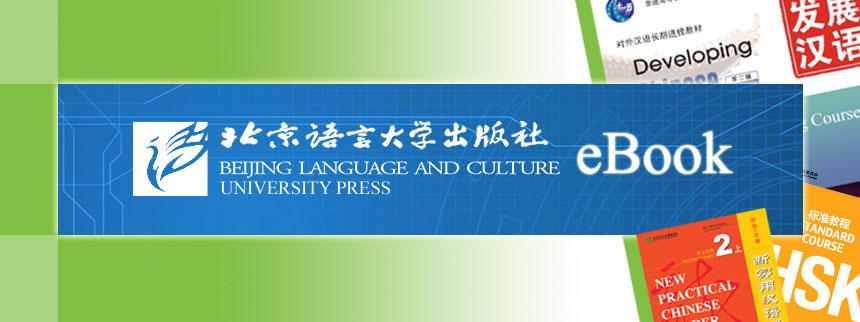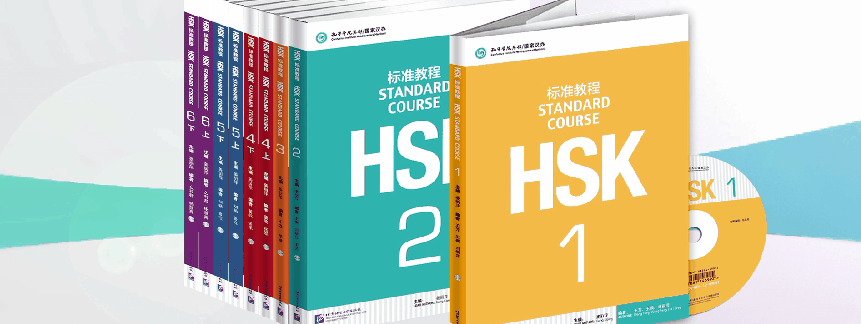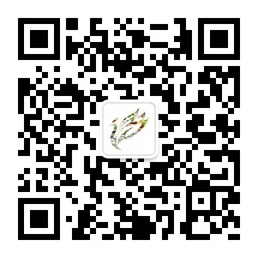Online Bookstore
- Meet China: Chinese History (English Edition)
- Bargaining Is a Kind of Enjoyment(Ebook)
- Chinese People Like to Dance
- Learning Chinese 2006.4
- Curriculum Standard and Syllabus of Psychology of Teaching Chinese as a Second Language
- Online Reading (Non-downloadable): Easy Steps to Chinese for Kids (English Edition) Workbook 3a
Basics of Chinese Language (Vocabulary)
Author:Cai Shumei, Shi Chunhong
- Medium:Books
- ISBN: 9787561957622
- Page Count: 268
- Size:
- Pub Date:2020-11
- The book weight: 470 g
- Annotation Language:English
- Course:Non-textbook
- Target Audience(Age):
- Target Audience(Language):
- Price:
-
Category: Teacher Development >Educational Theories
Teacher Development >Professional Knowledge














